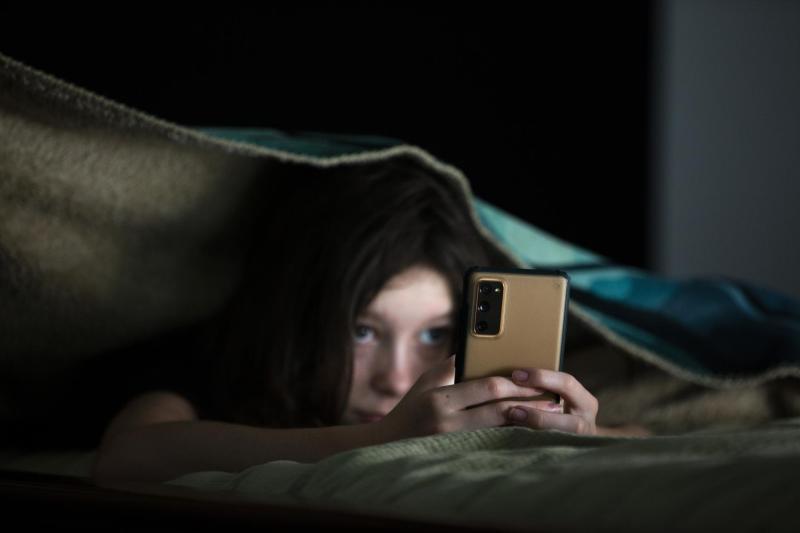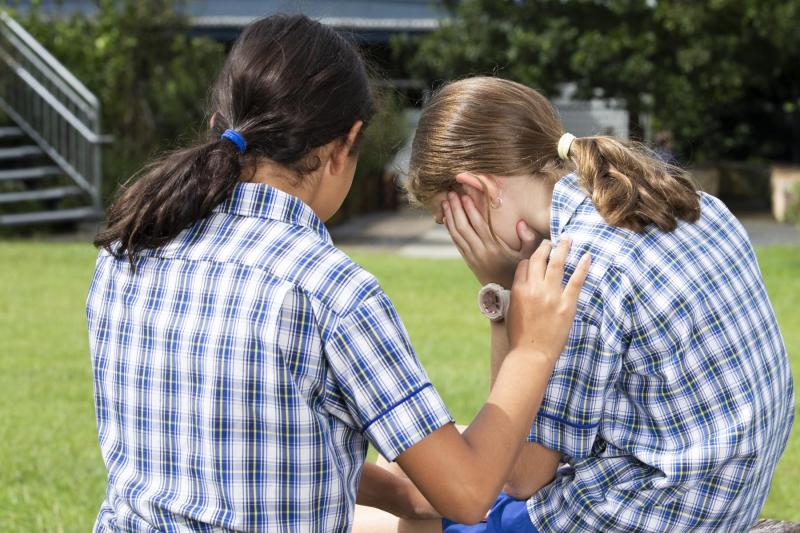
Children as young as eight are being impacted by cyberbullying according to the eSafety Commissioner. The agency says its investigators are receiving a growing number of complaints from children under 13 – suggesting that young people are joining social media apps well before the recommended ages. In the first quarter of this year, the agency received 484 valid complaints concerning children under 16 years.
While most cyberbullying incidents can be resolved, tragically, a number of young Australians have taken their own lives after being bullied on social media platforms. These deaths, along with other harms caused by social media, have prompted a national campaign to lift the age at which children can access social media from 13 to 16.
Cybersafety educator and founder of Internet Safe Education, Brett Lee, has long called for the social media user-age to be raised. In our latest Life Ed Podcast – Social media ~ what every parent needs to know, he explains that one of the reasons cyberbullying is so traumatic for young people is a phenomenon known as ‘global humilation’.
“Young people say the biggest problem is, when someone humiliates, embarrasses or bullies them online, they can’t get rid of it. It’s sitting there… and they know 24 hours a day, people could be looking at it, so their embarrassment is ongoing, and they feel totally powerless to get rid of that,” Brett explains.

Increasingly, online bullying is happening via group chat, text or on messaging services and it’s often hidden to parents and educators.
The eSafety Office is also reporting that with the advent of AI, some young people have set up imposter accounts or are generating fake imagery to undermine the reputation of their bullying target, even distributing sexually degrading and other humiliating content.
“Cyberbullies rely on that feeling of anonymity, where they’re dealing with data; they’re not dealing with a real person, so expressing empathy is not such a big thing on the internet, and we see this with adults too,” Brett says.
However, thankfully, there are steps that parents and young people can immediately put in place to manage an online bullying situation.
What can parents do?
Brett Lee says most times parents can empower children with the courage and skills to fix the problem quickly. Here are his suggestions for dealing with online bullying:
Brett says it’s helpful to keep talking to your child even if you can’t fix the problem straight away and encourage them to move away from the social media or online platform.
“Empower your kids to move away, play a different game, delete a message. There’s no one you have to connect with online. So, these simple strategies will probably help our kids fix the vast majority of the issues they’re ever going to have on the internet.”
For the full podcast chat, head to the link.
** This Life Ed Podcast includes some discussion about cyberbullying, suicide, self-harm and sextortion. If you or a family member needs support, contact Lifeline 13 11 14, Kids Helpline 1800 551 800 or the eSafety Commissioner.